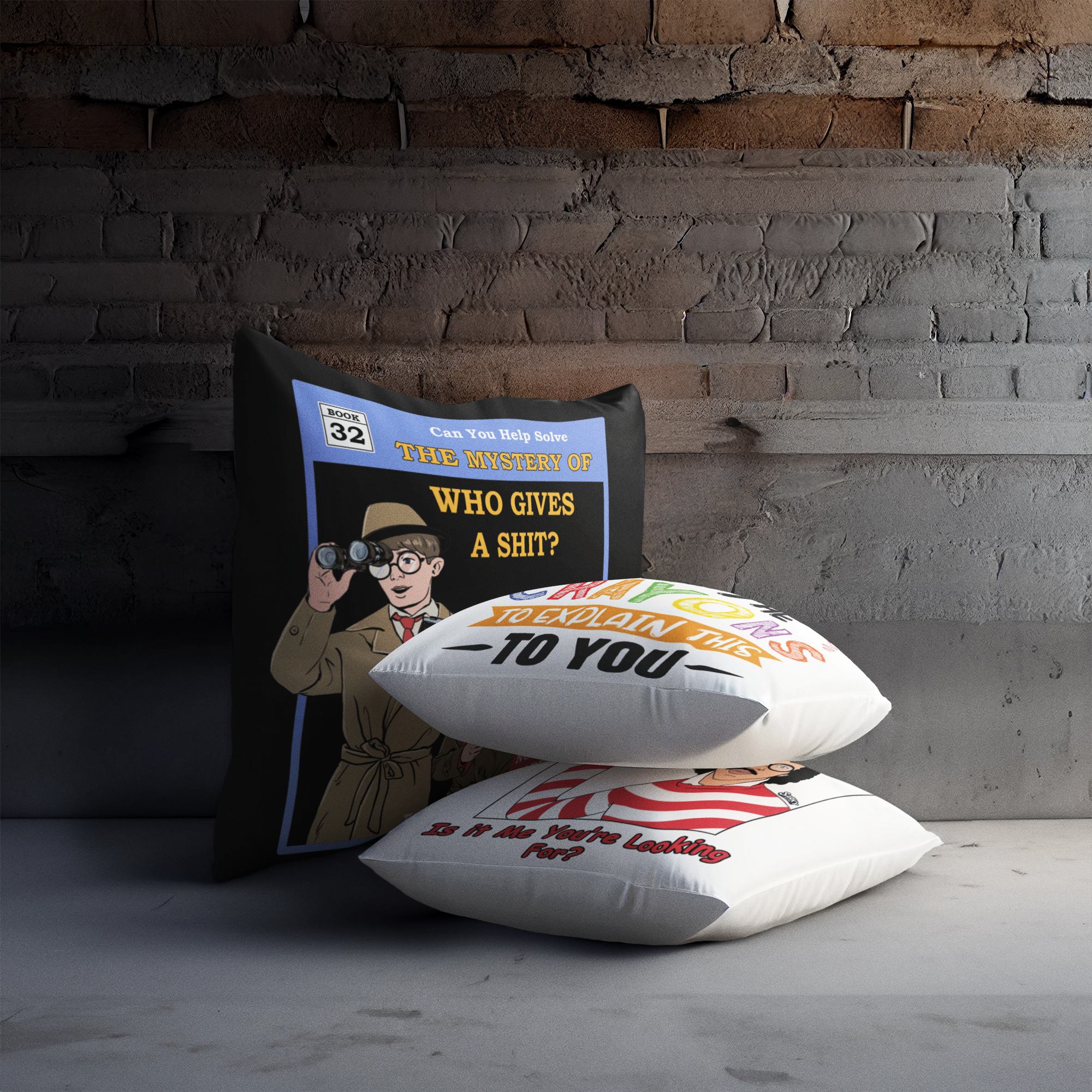Digital printing has revolutionized the printing industry by making it faster and more efficient. However, like any technology, digital printing is not without its flaws. As such, it is important to know how to troubleshoot common issues with digital printing to minimize downtime and increase productivity. Here are some tips on how to troubleshoot common issues with digital printing:
- Poor Image Quality Poor image quality is a common issue with digital printing. This can be caused by a number of factors such as low resolution images, incorrect color settings, and printer settings. To fix this issue, check your image resolution and ensure that it is at least 300dpi for best results. Additionally, ensure that your color settings are correct and that your printer settings are set to high quality printing.

- Paper Jams Paper jams are another common issue with digital printing. This can be caused by a number of factors such as improper loading of the paper, damaged paper, or incorrect printer settings. To fix this issue, ensure that the paper is loaded correctly and that the paper is not damaged. Additionally, ensure that your printer settings are set to the correct paper type.
- Printer Not Responding Sometimes, the printer may not respond when you try to print. This can be caused by a number of factors such as network issues, driver issues, or printer settings. To fix this issue, ensure that your printer is connected to the network and that your driver is up to date. Additionally, ensure that your printer settings are correct.

- Ink Streaks Ink streaks are another common issue with digital printing. This can be caused by a number of factors such as clogged print heads, low ink levels, or incorrect printer settings. To fix this issue, clean your print heads and ensure that your ink levels are adequate. Additionally, ensure that your printer settings are set to high quality printing.
- Paper Alignment Issues Paper alignment issues are another common issue with digital printing. This can be caused by a number of factors such as incorrect paper loading, damaged rollers, or incorrect printer settings. To fix this issue, ensure that the paper is loaded correctly and that the rollers are not damaged. Additionally, ensure that your printer settings are set to the correct paper type.

In conclusion, digital printing has made printing faster and more efficient. However, it is not without its flaws. By knowing how to troubleshoot common issues with digital printing, you can minimize downtime and increase productivity. Remember to always check your printer settings, ensure that your paper is loaded correctly, and keep your ink levels adequate. With these tips, you can enjoy hassle-free digital printing.











Leave a comment
All comments are moderated before being published.
This site is protected by hCaptcha and the hCaptcha Privacy Policy and Terms of Service apply.